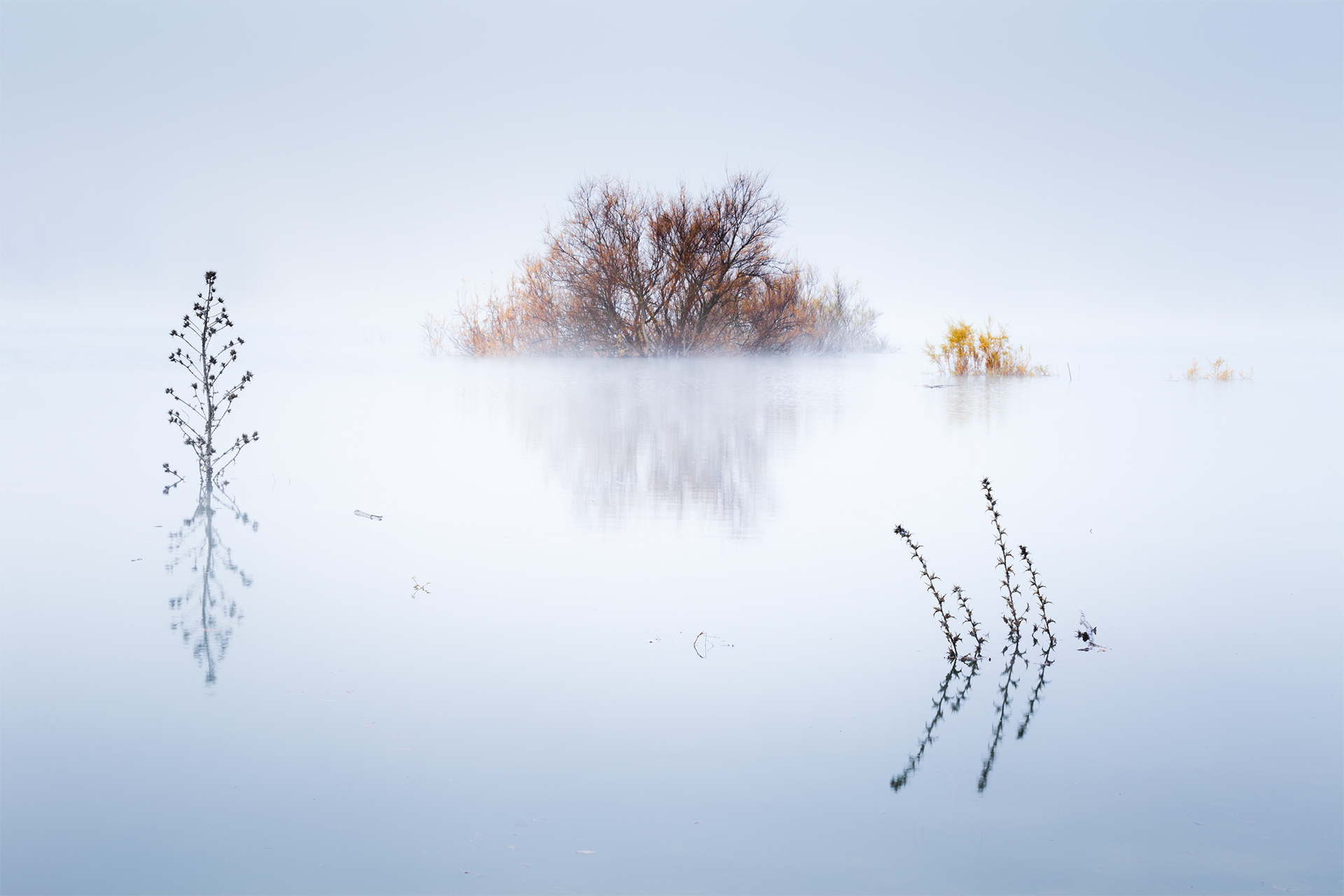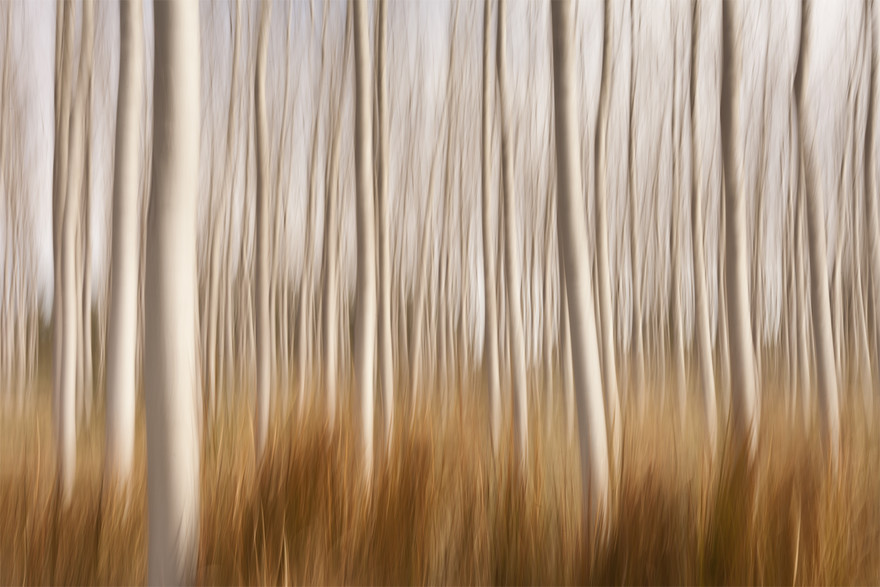David Frutos Egea was born in 1974, in Murcia in the southeast of Spain and he became interested in photography in 2008. He loves nature, especially the Mediterranean coast, where he lives now. David graduated from the University of Murcia in 1996 (Education studies) and in 2014, from the Ramon y Cajal Institute (Image Studies).
His work is mainly of fine art landscapes and his favourite technique is long exposure. David’s photographs have been published in print and in digital form in many national and international prestige magazines, such as Outdoor Photography, Naturaleza Salvaje, La Naturaleza Habla LNH, IRIS, Canonikos, El Paisaje Perfecto, Stark-Magazine, eZine by Nathan Wirh, Andrew S. Gibson, BLACK Magazin, B&W Minimalism Magazine, WePhoto Magazine, LMF, Iris and many more.
In recent years he has obtained more than 75 international awards in prestigious photography competitions. Among them are the GDT European Wildlife Photographer of the Year, MontPhoto, Memorial María Luísa, Big Picture, Nature Photographer of the Year. He is a President/Coordinator of Portfolio Natural www.portfolionatural.com and a member of AEFONA (Spain Nature Photographers Asociation) aefona.org
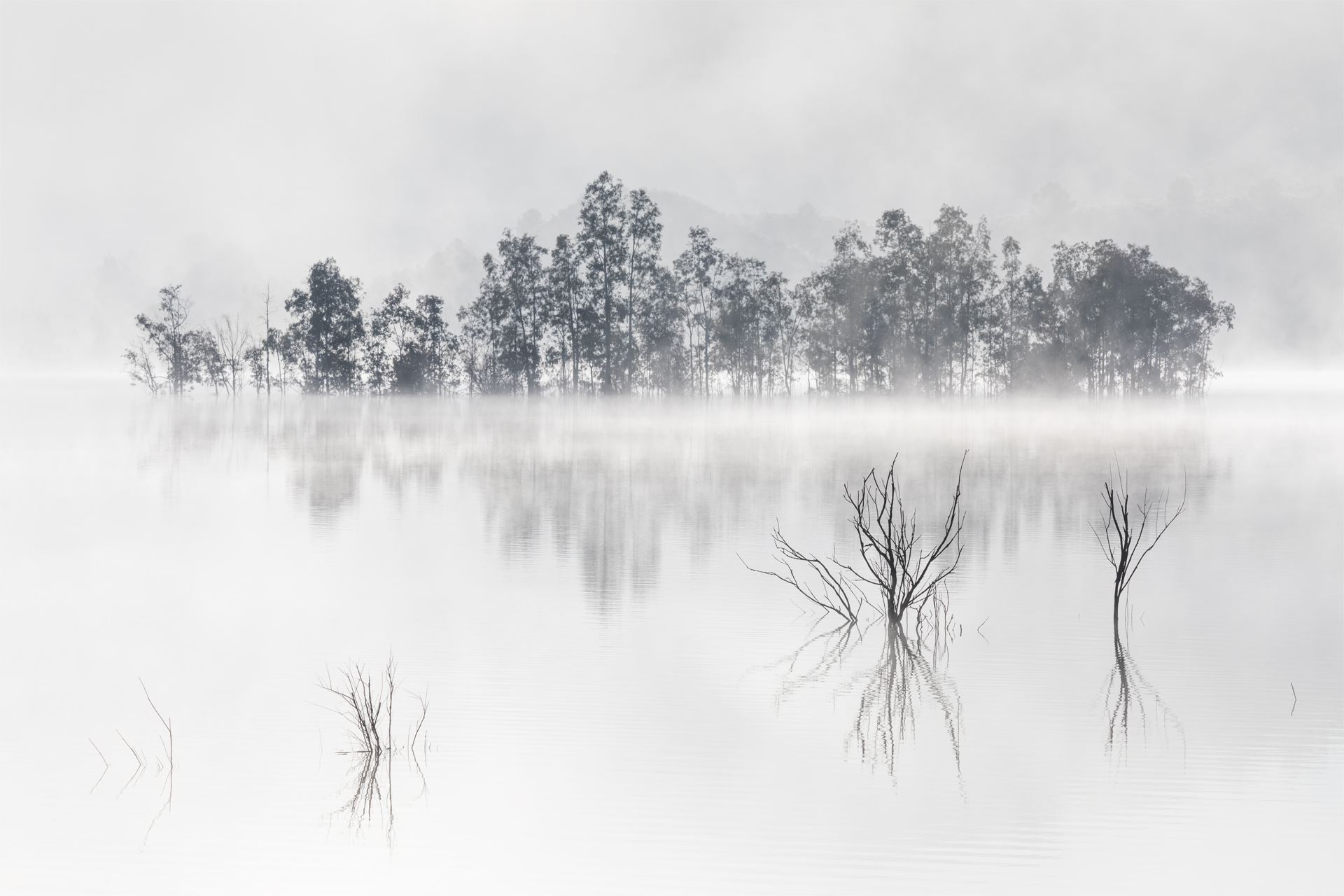
1. What was your path to become a photographer?
I remember that when I was very little, my whole family used to go camping to areas rich in plant life, animals, areas rich in water, both sweet and salty. We toured many parts of Spain and Europe in caravan hooked up to the car. I am convinced that this installed my love for nature and everything that surrounds me.
Later on, a famous Spanish naturalist, Félix Rodríguez de la Fuente presented television programs called "El Hombre y La Tierra". This was yet another influence that brought me here.
Finally, at University, I had to choose an optional subject to complete my studies, that subject was photography. It was then that the magic of light, developing my own black and white films and photos in a darkroom, that it got me hooked. I did not have enough money at the time to develop my passion, so I abandoned photography for a while. The passion resurfaced with force later, and this time, it embraced nature photography.
2. Do you prefer to photograph close to home or do you find faraway places more inspiring? Are there any special places that inspire you the most to create new work?
I must admit that I love seeing photographs of remote places like Iceland, the Arctic, deserts, and even the wildlife of the rainforests. But what I enjoy the most, is going out to take photos close to home, in the places that by many are unnoticed. In fact, if you look at the galleries on my website (www.davidfrutos.net), we can find that 95% of the photographs that are there have been taken no more than 100km away from my house.
One of my favourite places is located in the province of Albacete (Spain) and is called Agramón. Another of my favourite places is very close to Cieza, in the Region of Murcia (Spain), where I was born, raised and still live today.
3. Are you a meticulous pre-planer or do you prefer creating images spontaneously? Do you revisit your favourite places many times to achieve the required result? Can you tell us more about your method of working?
During the preparation phase, which precedes a photo shoot, I am usually quite meticulous and plan quite well. I regularly use the tools that we have at our disposal, for examples apps showing sunrises and sunsets. Most of the time, I choose the place before going to take photos, but this is not always the case. Once I'm there, I usually get carried away by the environment around me and the circumstances that occur that day. I usually take photos that I have in mind first, and then I continue to explore new opportunities. I usually go back again and again, sometimes days in a row, to repeat the same photo, because at times, one doesn’t get what one was looking for at first. At other times, it takes a year or two until I get what I want.
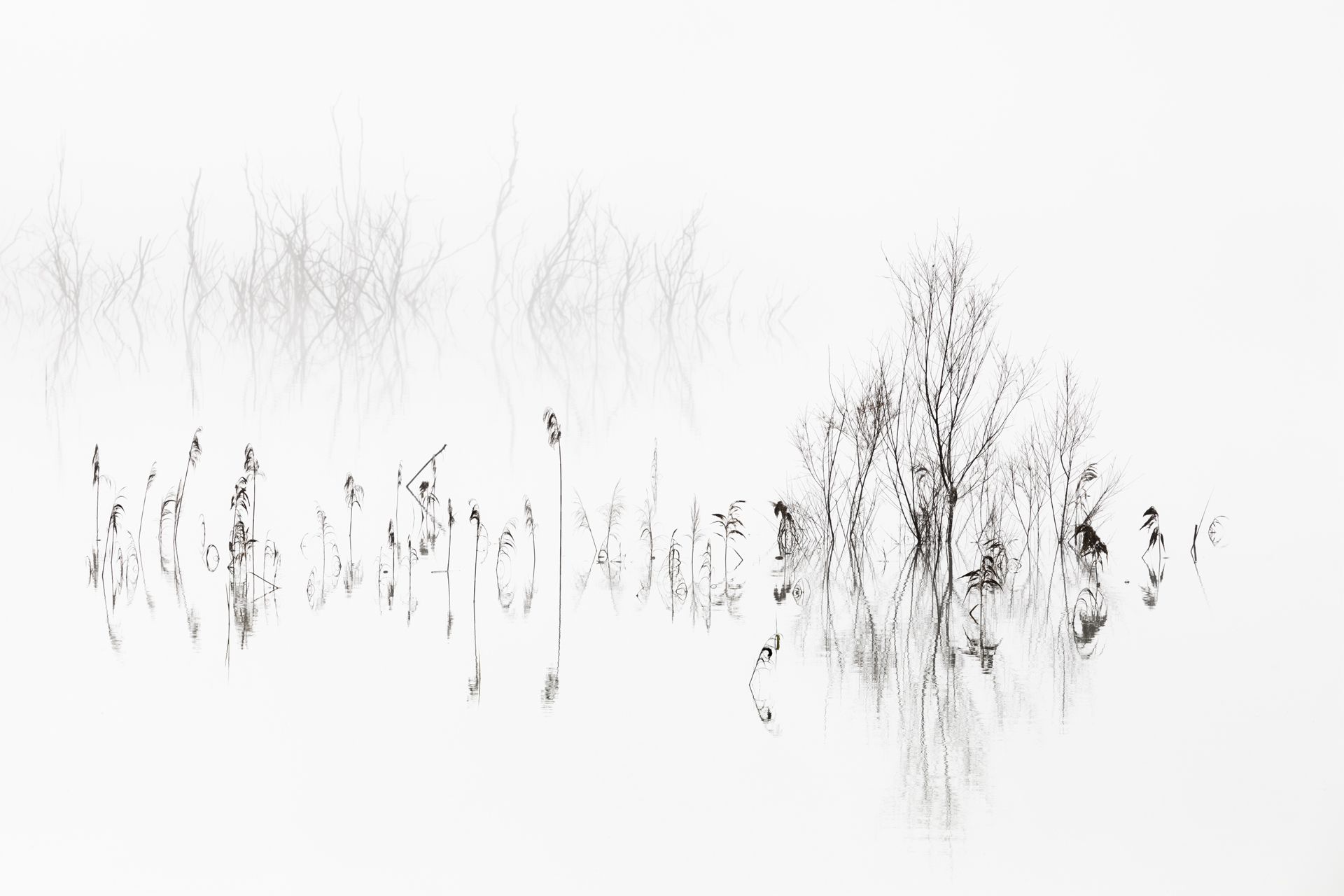
4. Terra Quantum displays themes and series portfolios; do you like working to the project/series/theme or find creating individual images more rewarding?
This is a good question, Beata. In the vast majority of cases I work with series. At times, they are short series of 4 or 5 photos at the most, at other times, the series remain open, and I add photos, as and when they fit the theme.
For example, an open series on my website is in the gallery called "Natural Sentence". It consists of a series of minimalist square-format photographs, in black and white, which aims to show and highlight those plants that, due to destiny, started their lives very close to the water. That always carries a real danger, as soon as the water level rises - due to the rain, these plants die. The water that is the source of life for all, in excess can kill.
To finish this question, I need to mention that there is also a place for single photographs – for images that captivate me in a special way, either because of their beauty or because they have a personal meaning for me.
5. Can you tell us a bit more about one chosen photograph – what is the story behind it, when/why/how it was created?
The place where this photograph is taken was shown to me by a good friend and companion on photographic outings, Mariano Belmar.
It is the Camarillas reservoir, in Agramón, Albacete (Spain). I remember that the first time I went there I was surprised to see so much yellow colour; the white poplars leaves were at their best in autumn. From that moment I knew that this place had a lot of potential. It wasn't enough for me to see the ochre and yellow beauty of the trees in autumn, I wanted something more, much more. Autumns followed year after year, but the conditions that I dreamed of each year did not occur. It took several years for Mother Nature to finally take our side. Autumn, fog, water, absence of wind, reflections ... everything was just right. The only thing missing was a protagonist to star in a dream photo! This image is a part of a series of 5 photographs. On the Terra Quantum website, it is a part of the series entitled ‘The Fallen Idol’ and is titled ‘The Fallen Idol III’.
That morning, when we were in the car on the way to the location, I kept repeating to my friend "yet another year, and you'll see that we will be missing something." On that occasion my prediction failed and I am very happy about it!
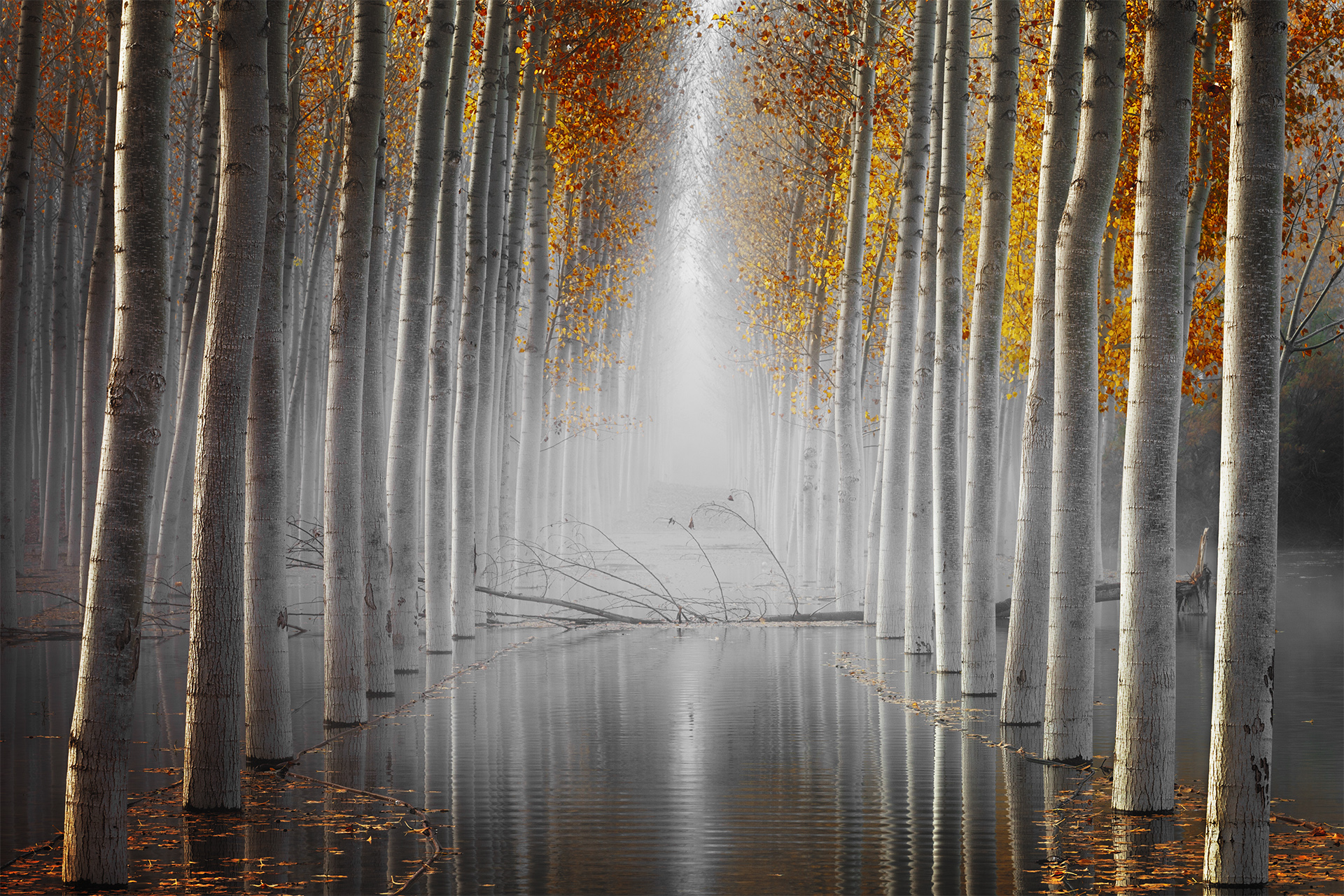
6. Colour, b&w or both? How do you decide about the elimination or inclusion of colour and why. When do you decide about it - in the field or during the post processing?
It depends a lot on where I am going to take photos and what elements I am looking for. If my destination is the coast, my first option is to show a beautiful sunrise or sunset full of colour in the sky and a beautiful blue in the sea. But when I get there and the sky is too overcast, or the sunrise is too cloudy, I start to think in black and white and search for elements, as they work in black and white. If, on the other hand, I go to a lake or a swamp, I always look for fog. I know in advance, that most of the images are going to be black and white.
I remember that in a recent interview with a colleague from portfolionatural.com for his YouTube channel "In Front of the Photographer", this question came up. He introduced the question saying that while everyone was seeking to express themselves with colour, I was doing it in black and white. He was absolutely right, back in 2010 everything was black and white and in a square format.
7. Do you find printing your images yourself as an integral part of image creation or do you use professional labs? How important is the choice of paper for you?
For me this question is easy to answer - I always let professional printers do that work. In my country there are higher education studies that offer the title of master printer.
Regarding the choice of paper, at least for me, it is very important. There are papers that are capable of displaying shades of colour or grayscale that others cannot. Just as before, I always let professionals from the world of digital printing advise me.
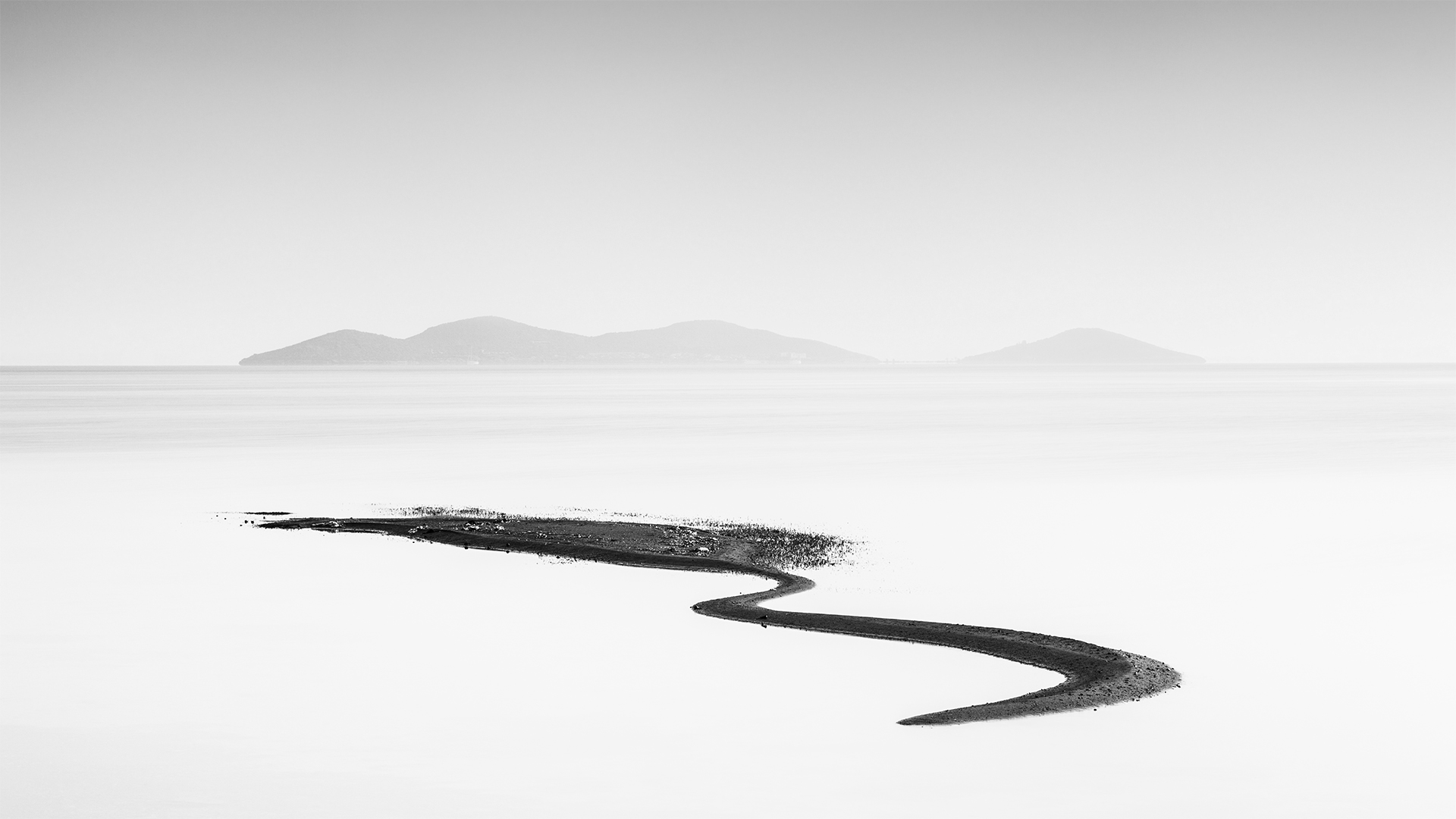
8. Do you think that social media is killing photography or playing an important role in promoting your work? How involved are you in your online presence?
For me, social media play a very important role. I am currently very active on social media, having profiles on Facebook, Twitter and Instagram. Most of the photos I've sold over the years have been largely thanks to social media and my website. As I also have been awarded in various international competitions, social media played an important part in developing my social networks, and as a result, to sell some other work.
9. Do you have any plans for exhibitions, books or any interesting projects coming? Can you tell us a bit more about your artistic plans for the next couple of years?
In a few weeks, a book in which I participate with my colleagues from portfolionatural.com, will go on sale. I have been responsible for developing the landscape photography chapter that is part of the book. It has a total of 14 chapters and touches all the photographic subjects within nature photography. It is a technical book, but one that is full of spectacular photographs with a very personal touch and individual approach.
In a few months, as soon as this pandemic that devastates us ends, I will also get involved in a photographic exhibition, although it’s final outlook is yet to be defined.
For now, I will focus on continuing to take photographs to complete some of the series that I have started. In the near future, I intend to expand my knowledge in the field of artistic macro photography of insects, plants and mushrooms.
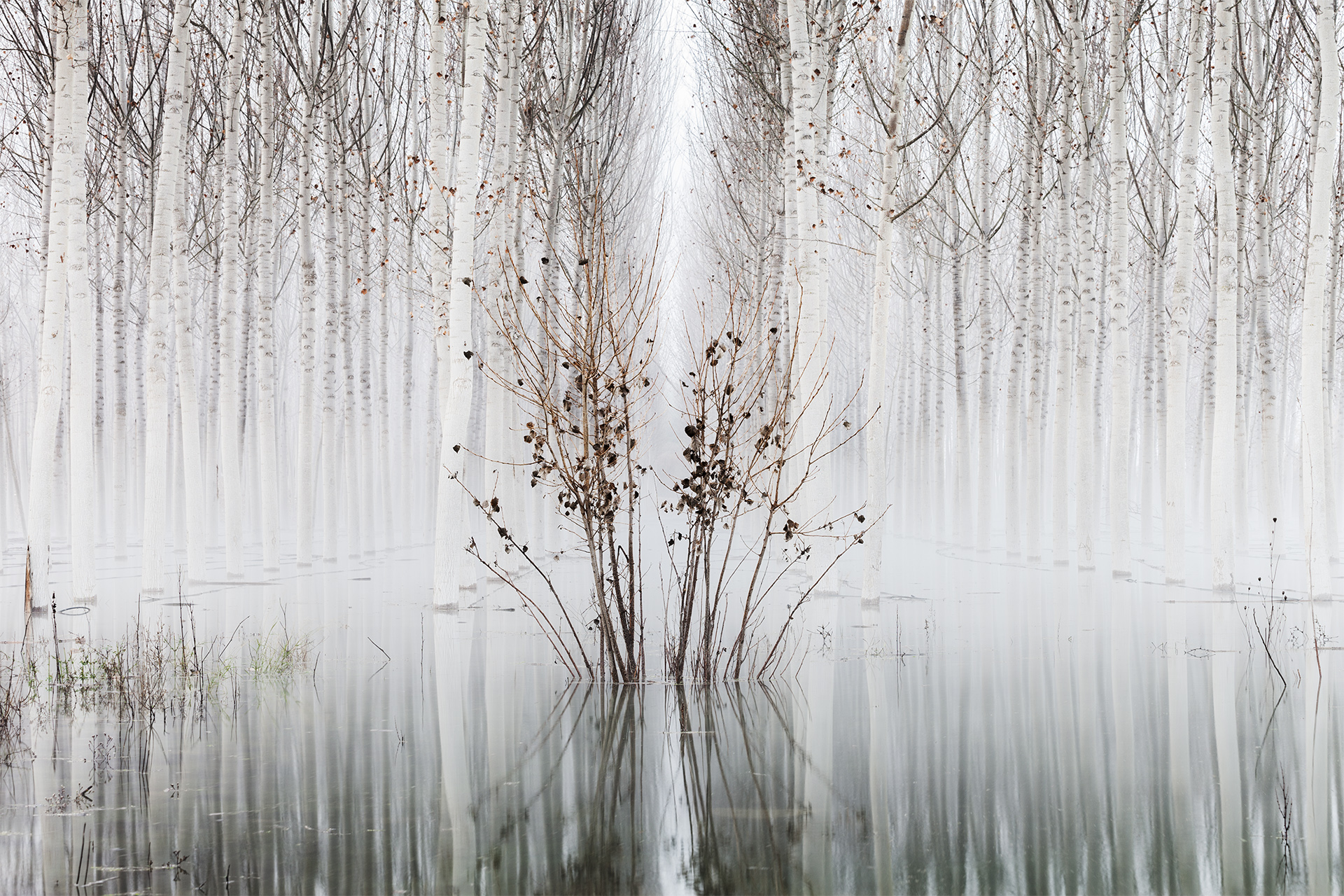
10. We are living on the most beautiful planet, yet it is over-burdened and over-polluted. As photography is an influential medium, do you use the power of your photographs to promote our Earth appreciation and environmental awareness? Any thoughts how photographers in general can become more involved in this important matter?
This is an excellent question! Until a few weeks ago I have been involved in a movement that was born in the USA and that carries respect for the environment in the way we obtain our photos. I had to leave it for scheduling reasons. It is NATURE FIRST, and it has people supporting the initiative on most continents. It bases its foundations on 7 basic principles. One of them says that you should leave the place you have visited better than how you found it. If to take a photograph you have to cross a field with flowers where some endemic species of the area live, it is better to give up that photograph, so that when you return to take it, nothing has changed. Participating in this type of initiative can help our planet in part.
On the other hand, by participating in nature photography contests, we are committed to raising awareness and making the natural environment known. Many of the competitions have environmental awareness programs and curry constructive work with children in schools.
Finally, showing the beauty of our environment in our photographs can help, as well as showing the damage that humans do to nature, as it awakens many people who are unaware of these issues.
